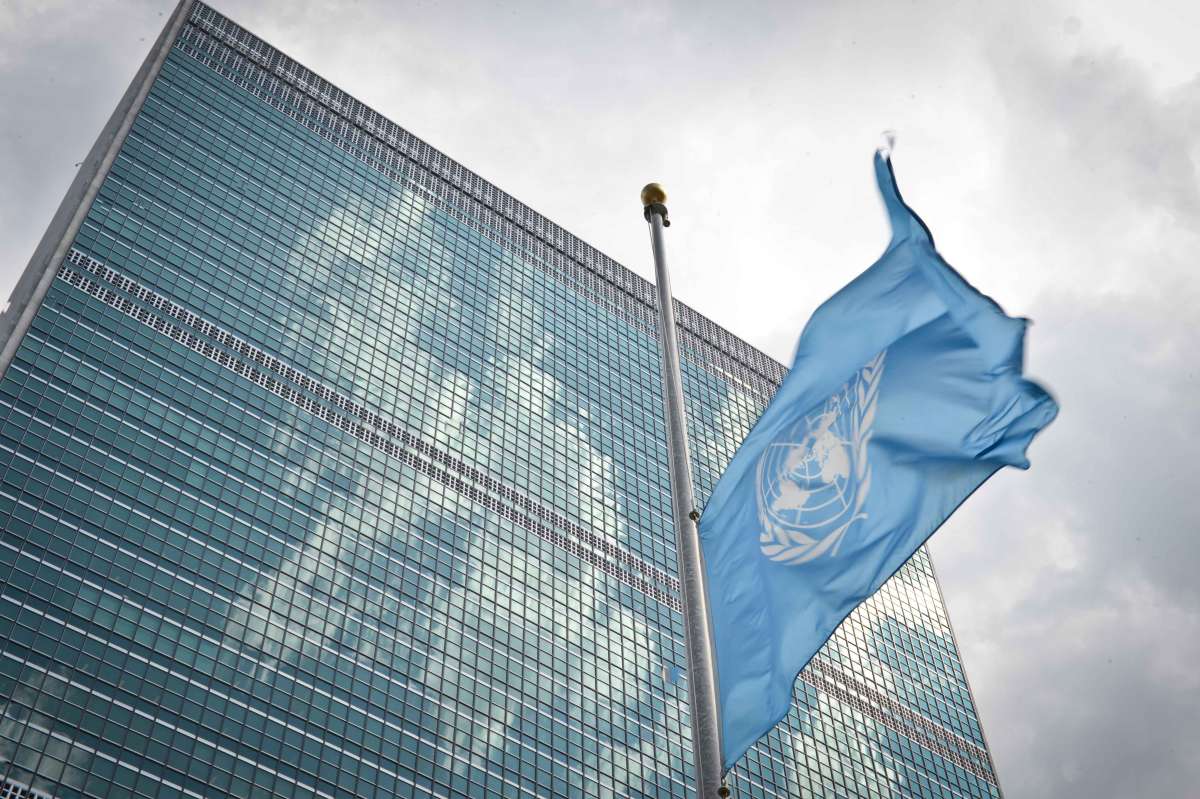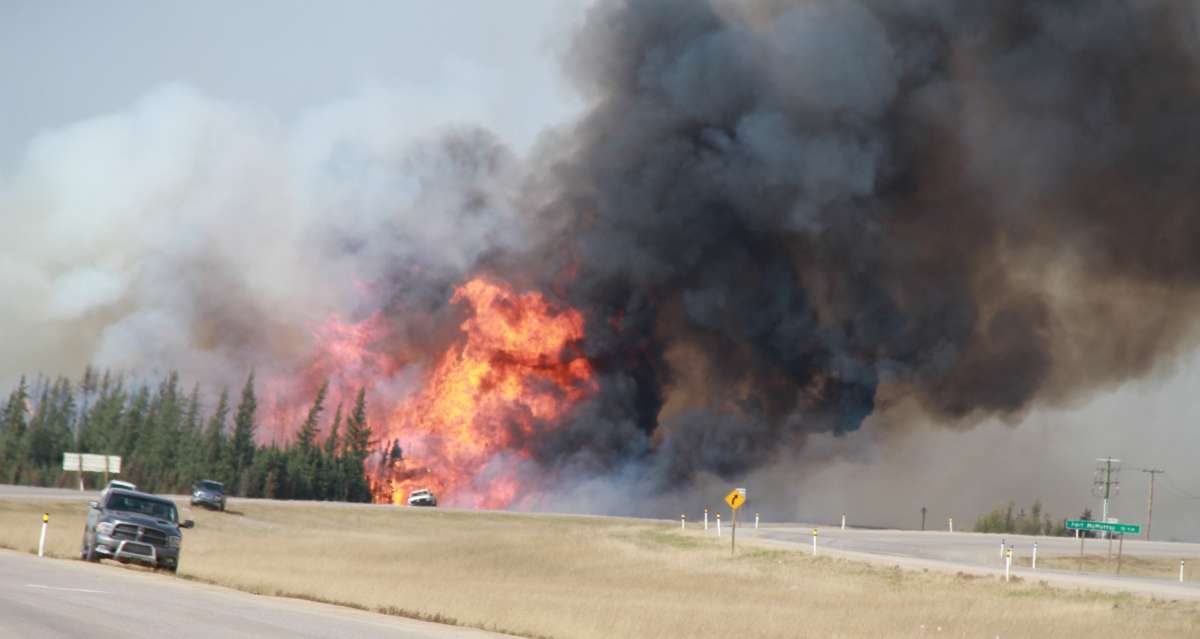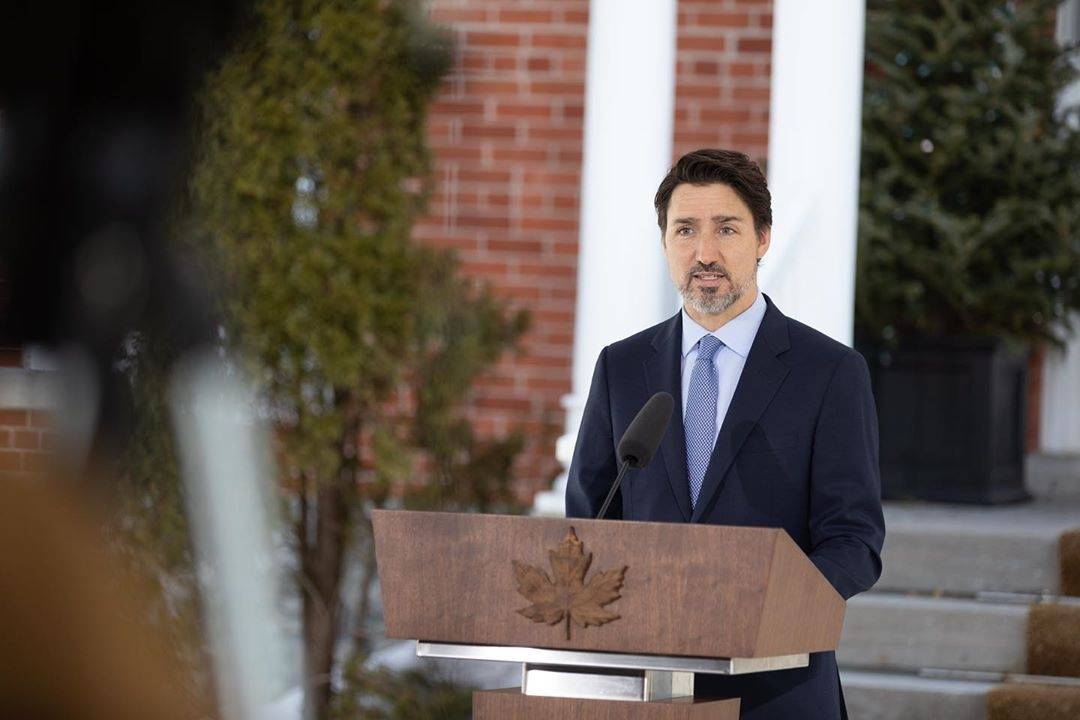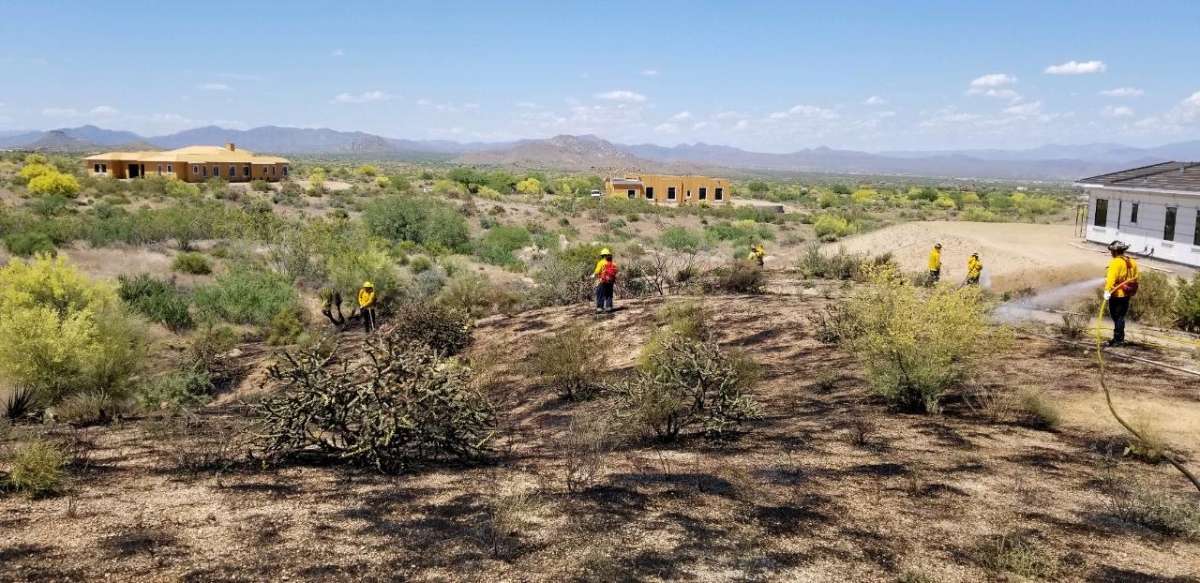In 2019, the scaly-foot snail (Chrysomallon squamiferum) became the first deep-sea species listed as globally endangered due to the threat of deep-seabed mining…reports Asian Lite News
More than 90 per cent of marine species are undescribed and many may go extinct due to human activity before they are discovered — the loss of unique, potentially valuable genetic resources resulting in unpredictable effects on global ecosystems essential to human food supplies and climate regulation.
Without knowledge of these species, effective deep sea conservation is impossible, leading international marine scientists warned in a new policy brief presented at the UN Biodiversity Conference (COP15) on Thursday in Montreal.
They urge global policy-makers to support urgently needed new research to fill a critical knowledge gap.
While nearly 28,000 deep-sea animal species have been described and named, an estimated 2.2 million other marine species, including deep-sea, are unknown to science, of which many are thought to be threatened with extinction.
In 2019, the scaly-foot snail (Chrysomallon squamiferum) became the first deep-sea species listed as globally endangered due to the threat of deep-seabed mining.
“Conservation of deep-sea species found in ‘areas beyond national jurisdiction’ is particularly challenging,” the policy brief says.
“We know very little about them, and there is not yet an international framework to guide the implementation of conservation measures,” says lead author of the brief, Stefanie Kaiser of the Senckenberg Research Institute and Natural History Museum, Frankfurt.
Knowledge of deep-sea species biodiversity is an obvious first step to effective protection of both the species and the ecosystem processes associated with them.
The scientists warn that deep sea species are increasingly exposed to pollution and habitat destruction.
In particular, global warming, ocean acidification and resource depletion could lead to dramatic changes in deep-sea biodiversity with unpredictable consequences for humans as well.
The scientists call for support to develop international research strategies, infrastructure, cooperation and exploration.
“Deep-sea areas seem very distant and insignificant at first glance; it’s not immediately clear what this vast ecosystem and its inhabitants are doing for us,” explains Kaiser.
“The deep sea — defined as 200 to 11,000 metre depth and beyond — is the world’s largest habitat, covering more than half of earth’s surface. It is essential to global climate regulation by storing carbon dioxide and heat and by maintaining biodiversity.”
The 15th Conference of the Parties (COP15) to the United Nations Convention on Biological Diversity (CBD) is an international meeting bringing together governments from around the world.
Participants will set out new goals and develop an action plan for nature over the next decade. The government of Canada’s priority is to ensure the COP15 is a success for nature.
Canada commits $350m
Canadian Prime Minister Justin Trudeau has announced that Canada will provide a new contribution of $350 million to support developing countries — home to the vast majority of the world’s biodiversity — to advance conservation efforts.
This funding will support the implementation of the future Global Biodiversity Framework (GBF). This is in addition to the more than $1 billion, Canada has already pledged to support climate action projects that address the effects of climate change on biodiversity loss in developing countries.
The Prime Minister was in Montreal on Tuesday to welcome delegates from around the world to the 15th meeting of the Conference of the Parties (COP15) to the United Nations Convention on Biological Diversity.
As a global leader in conservation, Canada stepped up to be the host location for COP15 from December 7 to 19 and renew the call for ambitious action to protect nature.
In his opening remarks, Trudeau highlighted Canada’s commitment to ensuring COP15 is a success by working with international partners to reach an agreement on an ambitious post-2020 GBF. The GBF would provide a collective roadmap that will guide worldwide efforts on biodiversity conservation until 2030.
The new investment further positions Canada as a global leader in protecting nature.
It is in addition to billions of dollars in historic investments Canada has made since 2016 to conserve nature and biodiversity here at home and around the world. By stepping up and bringing the world together in Montreal, Canada can stop biodiversity loss and build a healthy planet for future generations.
“When people think of Canada, they think of our landscapes and the richness of our nature — parts of who we are. Today, we welcome the world to Montreal to continue working together to make sure the planet we leave to our kids and grandkids has clean air, clean water and an abundance of nature to enjoy,” said Trudeau, whose speech was interrupted by a group of indigenous youth from Canada’s west coast.
“Canada is a place of free expression where individuals and communities are free to express themselves openly and strongly, and we thank them for sharing their perspective,” he told the crowd.
In his address, Steven Guilbeault, Minister of Environment and Climate Change, said the fight to protect nature has never been more important than it is right now.
“With a million species at risk of extinction around the world, COP15 is a generational opportunity to work together to halt and reverse biodiversity loss and create a nature-positive world.
“Canada stepped up to welcome the world for this conference and sees it as an opportunity to rally federal, provincial, territorial and indigenous ambition to protect 30 per cent of our lands and waters by 2030.”
Climate and development groups welcomed Trudeau’s announcement.
Eddy Perez, International Climate Diplomacy Director, Climate Action Network, said: “Investing in the protection, conservation and restoration of wetlands, forests, oceans and wildlife is investing in life. As a wealthy country — and one that still exploits and consumes far more than its fair share of resources — its Canada’s responsibility to support biodiversity efforts around the world.
“The new funding for international solidarity for biodiversity is an encouraging sign, and it must not stop here. Canada must now convince other wealthy countries to step up and commit to increasing international public support for biodiversity by the end of this COP.”
From the red sand beaches of Prince Edward Island in the Atlantic, to the snow-capped Rockies in the West, to the permafrost that covers much of the Canadian Arctic — Canada is known for landscapes.
Canada has ambitious goals to protect 25 per cent of its lands and oceans by 2025, and 30 per cent of each — a land mass nearly as large as the European Union — by 2030.
At COP15, Canada will continue to push other countries to commit to conserving 30 per cent of the world’s land and oceans by 2030.
ALSO READ-ADQ, Archireef join hands to restore Abu Dhabi marine biodiversity










